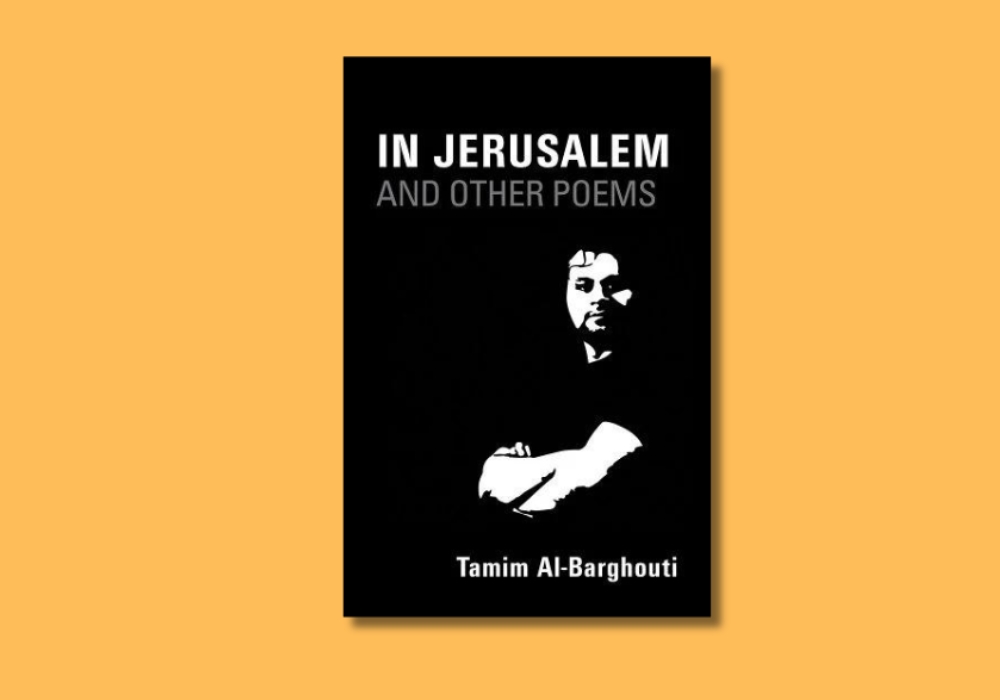This month, Laila Lalami heads our book club discussion of Camara Laye’s The Radiance of the King. Laila is the author of the 2005 collection of fiction Hope and Other Dangerous Pursuits and you can find more of her writing at her blog.
We’re thrilled to have Laila hosting discussion this month and hope you’ll join us in our reading and join in with your comments.—Editors
When my friend Mark Sarvas introduced his book club discussion of Sándor Márai’s The Rebels, he wrote that ías an American of Hungarian descent, taking on Márai was an obvious and overdue choice for me.ë I confess to a very similar bias in my own choice. When I was presented with a list of books to pick from, I naturally gravitated to a novel by a fellow African, in this case Camara Laye, whose Radiance of the King I had not read before. Generally speaking, African authors who write in French, or indeed in any of the native languages of Africa such as Gikuyu or Berber or Swahili, are not nearly as known or read in the United States as those who write in English. So the opportunity to discuss Camara Laye was also an opportunity for me to invite readers to consider a different African book and a different African author than those with whom they may already be familiar.
Camara Laye was born in 1928 in Kouroussa, a small village of Guinea, which at that time was under French occupation. He attended Qur’anic school as well as elementary school in his village, but moved to Conakry, the capital, in order to continue his education. In 1947, he moved to Paris to attend engineering school. His experience of double dislocation—from his village to the city, from Guinea to France—appears to have inspired in him a deep nostalgia for home. His first novel, the semi-autobiographical L’Enfant noir (usually translated as The Dark Child), was published in 1953, and was met with a mixture of admiration and hostility: Admiration for Camara’s storytelling skills, and hostility for his depiction of an idyllic village childhood at a time when the country was under colonial rule. These reactions remind me of those reserved for Moroccan novelist Ahmed Sefroui’s La Boîte à merveilles, published in 1954, and which also depicted a happy childhood under/despite French rule. Some scholars today may consider both novels ethnographic works, while others may emphasize the tribute they pay to ways of life later disrupted by French rule.
A year later, in 1954, Camara published his second novel, Le Regard du roi (translated as The Radiance of the King). This book was starkly different from the first in terms of subject matter and style. Indeed, its protagonist was not a Guinean child but a white man, shipwrecked on an unnamed coast of Africa, and the writing no longer held any nostalgia but was rather sharp in its observations of colonial attitude toward indigenous people. The differences between Camara’s first two books and the very short period of time between their publications, gave rise to questions about the true authorship of The Radiance of the King. But more on this later.
Camara returned to Guinea in 1956, at the height of the country’s demands for independence, which was won in 1958. He worked for the government for a few years, but ran into political trouble for his criticism of the dictatorial rule of Ahmed Sékou Touré. Camara exiled himself to neighboring Senegal, where in 1966 he published Dramouss (translated as A Dream of Africa), followed in 1978 by his last book, Le Maître de la parole (translated as The Guardian of the Word) an epic about the founding of the Malian empire. He died in Dakar in 1980.
Over the next few weeks, I will be discussing The Radiance of the King, its significance in the context of African literature, Toni Morrison’s introduction to this edition (which introduction I would advise that you wait to read until after you’ve finished the novel), and James Kirkup’s translation from the French. Please feel free to contribute your thoughts on this novel and any questions in the comments section.










